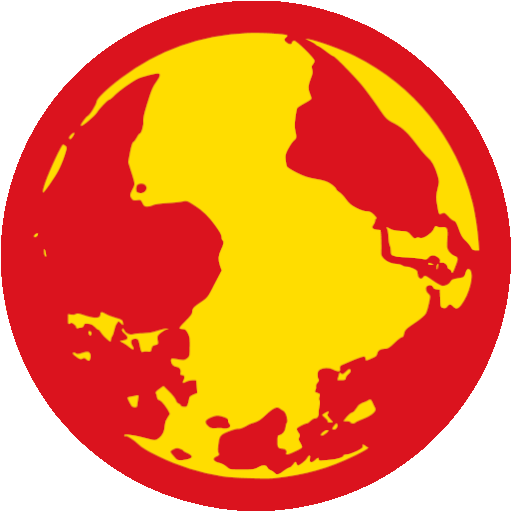
Iirc my math was for 3x overbuilding on solar and using massive battery banks, although the 4 cents per kwh figure assumes 1.5x overbuilding and enough batteries to capture all of a summer day’s generation.
Fission and solar are actually enemies because the extreme intermittency of solar overloads the grid in the summer, and provides no energy at night. Coal and natgas have fast generation spoolup, whereas nuclear takes too long, hence solar forces nuclear off the grid.
Ultimately, solar is here. At present prices, in China, at least, panels with battery can compete with natgas and coal for total generation.
With further reduction in battery prices (40 USD is the marginal cost of batteries), and multi-junction carbon or carbon silicon, we probably can get solar + batt to completely replace all existing fossil fuels, as well as limit fission and fusion to baseload or strategically crucial power supplies.

Less outrage, more shades of Diem: https://en.wikipedia.org/wiki/Ngo_Dinh_Diem , who persecuted Buddhists.
Zelenskyy’s approval rating, likewise, is starting to go down the tubes.
https://english.nv.ua/nation/ukrainian-president-s-rating-dropped-to-54-razumkov-center-poll-50430342.html